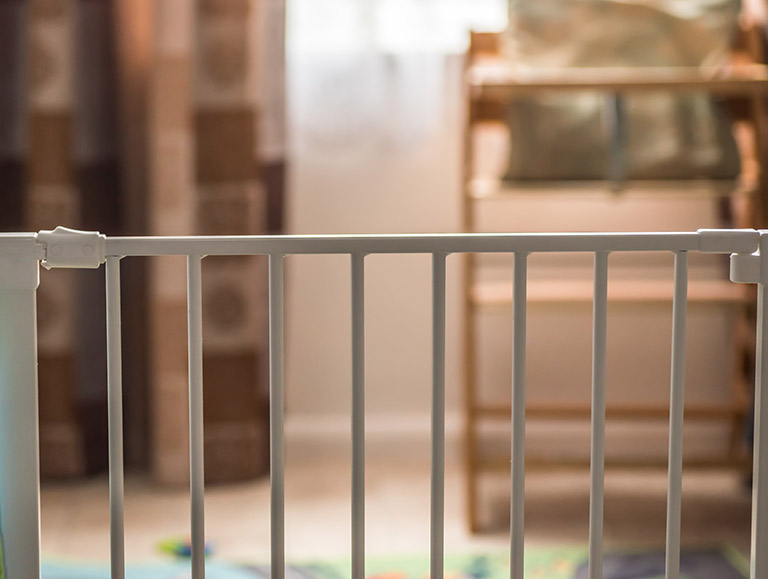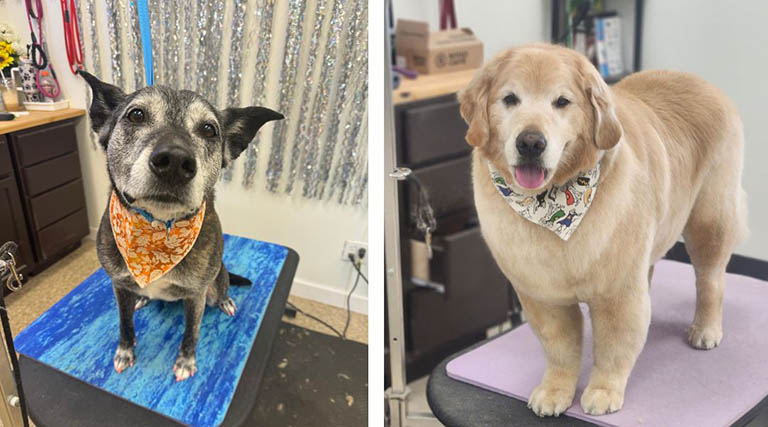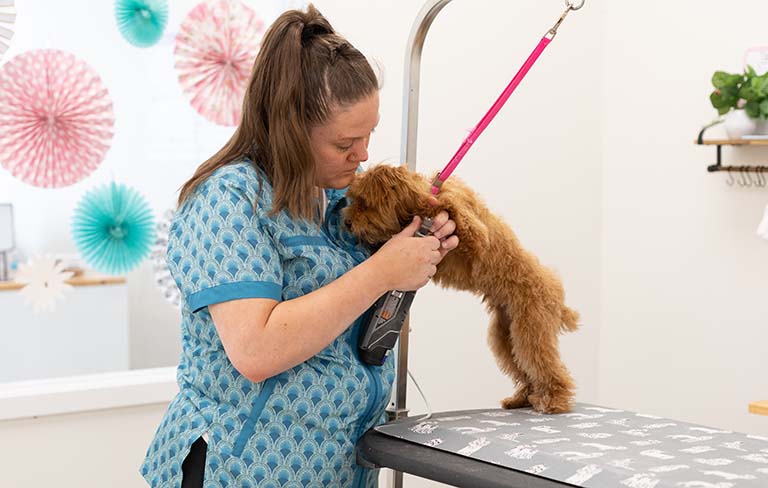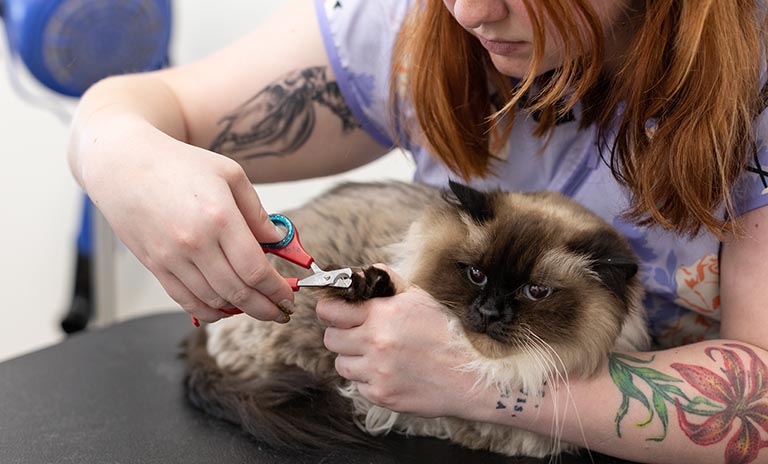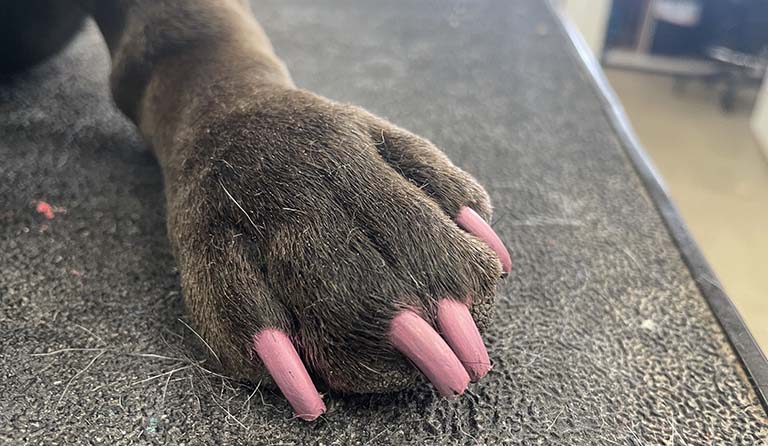Running a pet grooming salon might seem straightforward, but it’s a dynamic operation that relies on a variety of specialized roles to deliver top-tier service. Each position, from bathers to master groomers, plays a critical part in ensuring pets leave the salon looking their best and feeling great. In this blog, we’ll walk you through the essential roles in a grooming salon, exploring their responsibilities and how they work together to create a seamless, high-quality experience for pets and their owners.
Pet Stylist
A pet stylist or pet groomer is a professional who provides specialized care to dogs, focusing on their physical appearance and comfort. They enroll in a grooming school or pursue an apprenticeship to gain proper training in pet grooming. Their primary role involves grooming pets, including bathing, trimming and styling their coats. The responsibilities extend to offering breed-specific trimming styles and creative grooming options.
Pet stylists must be skilled in handling various breeds, ensuring that the grooming process is both safe and aesthetically pleasing. These professionals are trained in different techniques to cater to various coat types, from basic trims to more intricate designs, such as creative cuts for dogs and unique grooming for cats. Skills such as patience, dexterity and an eye for detail are crucial for success in this role.
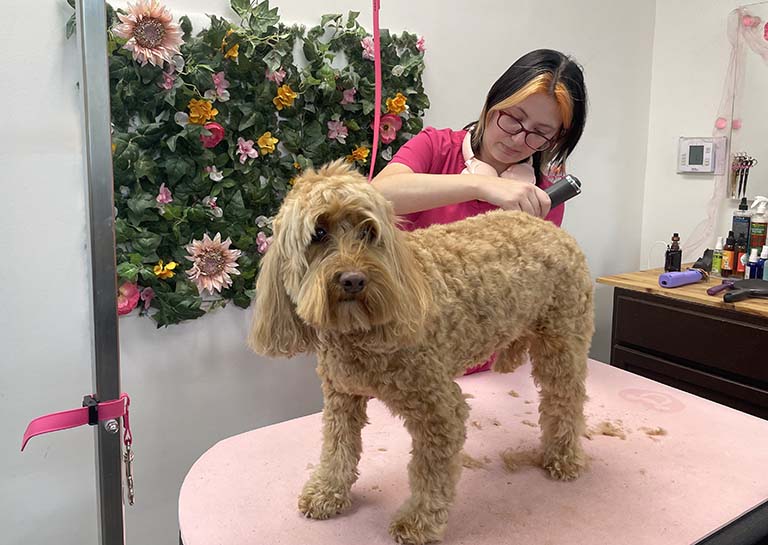
Master Groomer
A master groomer is an advanced-level grooming professional who has completed extensive training and gained significant experience in the grooming field. These professionals are certified through advanced grooming schools or apprenticeship programs and possess a high level of skill, especially when dealing with complex grooming tasks. They are often responsible for setting high standards within the salon, training apprentices and ensuring that all pets receive the highest level of care and attention.

Customer Service
Customer service plays a vital role in the success of a grooming salon. Pet owners often have specific requests for their pets’ grooming sessions, and effective communication is key to understanding and fulfilling these needs. Grooming staff must be adept at handling inquiries, managing appointments and ensuring that both pets and their owners feel comfortable and valued.
A positive customer experience extends beyond the grooming session, with clear explanations of services, pricing and aftercare. Customer service is also essential when handling sensitive situations, such as concerns about a pet’s behavior or health during grooming, making it a cornerstone of a successful salon environment.

Cleaning and Maintenance
Maintaining a clean and safe salon environment is important for both pet health and customer satisfaction. While the primary responsibility for cleanliness falls on the groomers and salon owners, all staff members, including grooming assistants, play a role in ensuring the space remains hygienic. This includes disinfecting grooming tables, sanitizing equipment and removing any fur or debris that may accumulate during grooming sessions.

Dog Bather & Cat Bather
Bathing pets is a critical part of the grooming process, and dog bathers and cat bathers are responsible for ensuring pets are cleaned thoroughly and gently. While the tasks may seem similar, the care for dogs and cats differs in many ways. Dog bathers must be knowledgeable about different dog breeds and their specific coat types to provide the appropriate wash and conditioning treatments. On the other hand, cat bathers need to understand the particular sensitivities of feline skin and hair, as cats often resist bathing and require more specialized techniques.
Both positions allow pet groomers and master groomers to spend more time with their furry clients on the table. Groomers are able to work more efficiently and effectively because they can focus on trimming, cutting and styling for a longer period of time without interruptions to bathe their next client.

Grooming Assistant
A grooming assistant plays a supportive role in the grooming salon by assisting stylists and groomers during the grooming process. They help with the preparation of pets, including brushing, washing and drying them, as well as maintaining equipment and grooming areas. They also ensure that pets are comfortable and ready for their grooming sessions. While the role is often an entry-level position, grooming assistants are essential to the day-to-day operations of a salon and often gain valuable experience working with various breeds and learning grooming techniques. Over time, many grooming assistants transition into full-time groomers, advancing their skills under the guidance of experienced professionals.

Pet Groomer Apprentice
An apprentice is someone who is learning the art of pet grooming under the mentorship of more experienced groomers or stylists. Apprenticeships provide invaluable hands-on experience, allowing individuals to acquire skills such as handling different breeds, understanding coat types and mastering grooming techniques.
They also learn about customer interactions, safety protocols and the best practices for maintaining a clean and safe grooming environment. The mentorship of experienced groomers is crucial to shaping an apprentice’s career, and over time many apprentices gain the expertise necessary to transition into full-time grooming roles.

Pet Aesthetician
A pet aesthetician is a grooming professional who specializes in advanced skin and coat care, offering targeted treatments that go beyond the services of a typical groomer. With a deeper understanding of canine dermatology and the unique needs of pets, they are equipped to address specific skin conditions such as allergies, hot spots, excessive dryness or other irritations. Using specialized products and techniques, pet aestheticians customize therapies to promote optimal skin health and enhance the overall condition of the pet’s coat. These treatments may include medicated baths, soothing topical applications or hydrating masks designed to alleviate discomfort and support healing. By focusing on the underlying causes of skin issues and tailoring their approach, pet aestheticians play a vital role in improving a pet’s comfort and appearance while supporting their overall quality of life.
Pet Esthetician
A pet esthetician is a professional trained to address the grooming and skincare needs of pets, offering services that go beyond traditional grooming. While standard grooming focuses on haircuts, baths and nail trimming, pet estheticians take a more comprehensive approach by assessing a pet’s skin condition, coat health and overall appearance. They provide treatments designed to enhance both a pet’s beauty and comfort, such as deep cleansing with specialized shampoos, moisturizing treatments for dry or irritated skin and ear and eye care to prevent infections. Additionally, they focus on paw and nail care, ensuring pets are well-groomed and healthy from head to toe. These tailored services make pet estheticians invaluable for pets with specific skin needs or those in challenging climates.
Cat Groomers
Cat groomers are specialists who focus on the unique grooming needs of felines. A cat groomer plays a key role in ensuring cats are clean and healthy. They trim nails, bathe, brush and sometimes shave areas like paw pads. Groomers help prevent mats, reduce shedding and address skin issues. They also detect parasites and help reduce hairballs. Regular grooming supports older cats who can’t groom as easily, and it decreases allergens in the home. Groomers assess each cat’s temperament and provide a tailored grooming experience to ensure comfort and care.
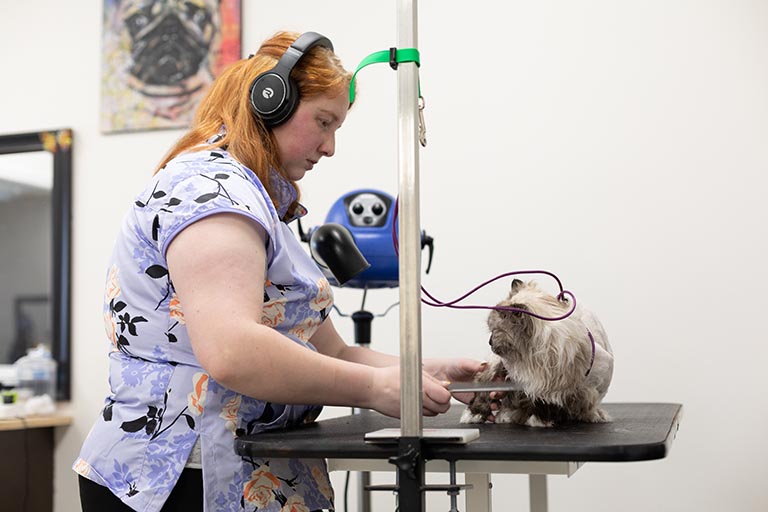
Pet Grooming Salon Team
The pet grooming industry thrives on the expertise and passion of its professionals, each fulfilling a unique role. From apprentices starting their journey to master groomers setting the bar high, every team member plays a vital part in creating a positive experience for pets and their owners. This collective effort ensures that grooming salons deliver exceptional care and service to both furry clients and their human companions.








